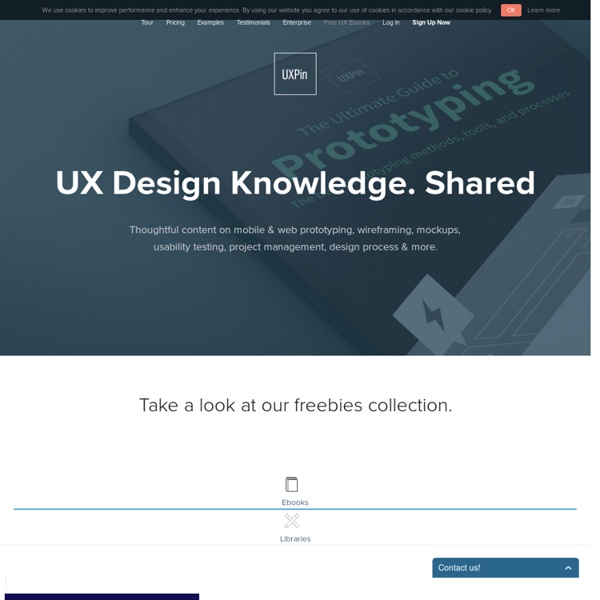Knowledge Wants To Be Free

Setup a design system – Prototyping: From UX to Front End
Build a system that provides a unified set of UX, design rules and patterns. For the last years I have continued to build and design applications web and mobile, and i have learn how to deal with different departments and utilise their knowledge in order to make better products and build better design systems that scaled better and more efficient. There are obviously a whole lot more elements you can establish to create a core foundation for your design identity. I will share some of my insights on design systems that scaled and keep all the language consistent across departments and platforms. Design language or design systems is more then just ui styles guides is also the way the team works and what are the team values & principles. The system From typography, layouts and grids, colours, icons, components and coding conventions, to voice and tone, style-guide, documentation, a design system is bringing all of these together in a way that allows your entire team to learn, build, and grow…
When Copy Loves Itself Too Much – uxdesign.cc
One time, I nearly lost my mind while brainstorming copy for a holiday print ad. I was writing for Havenly, an interior design company, and we were advertising in a popular home decorating magazine. “Keep it simple,” I told myself, “this has been done hundreds of times before.” Not only was the audience likely to resonate with a simple message about home decor, but it was also the holiday season. Here I was, with decorating for the holidays as my topic and the readers of HGTV Magazine as my audience. I knew it would take some time to get right, but I certainly wasn’t expecting to perform amazing feats of persuasion. And then I got arrogant. I could already hear the praise. What might have been a quick and concise project turned into hours of trying to persuade my colleagues, torturing myself with ideation exercises, and ultimately degrading what could have been an enjoyable experience. Pitfalls of selective perception Intuitive and empathic writing is complex. But we’re writers. Takeaways
Related:
Related:



